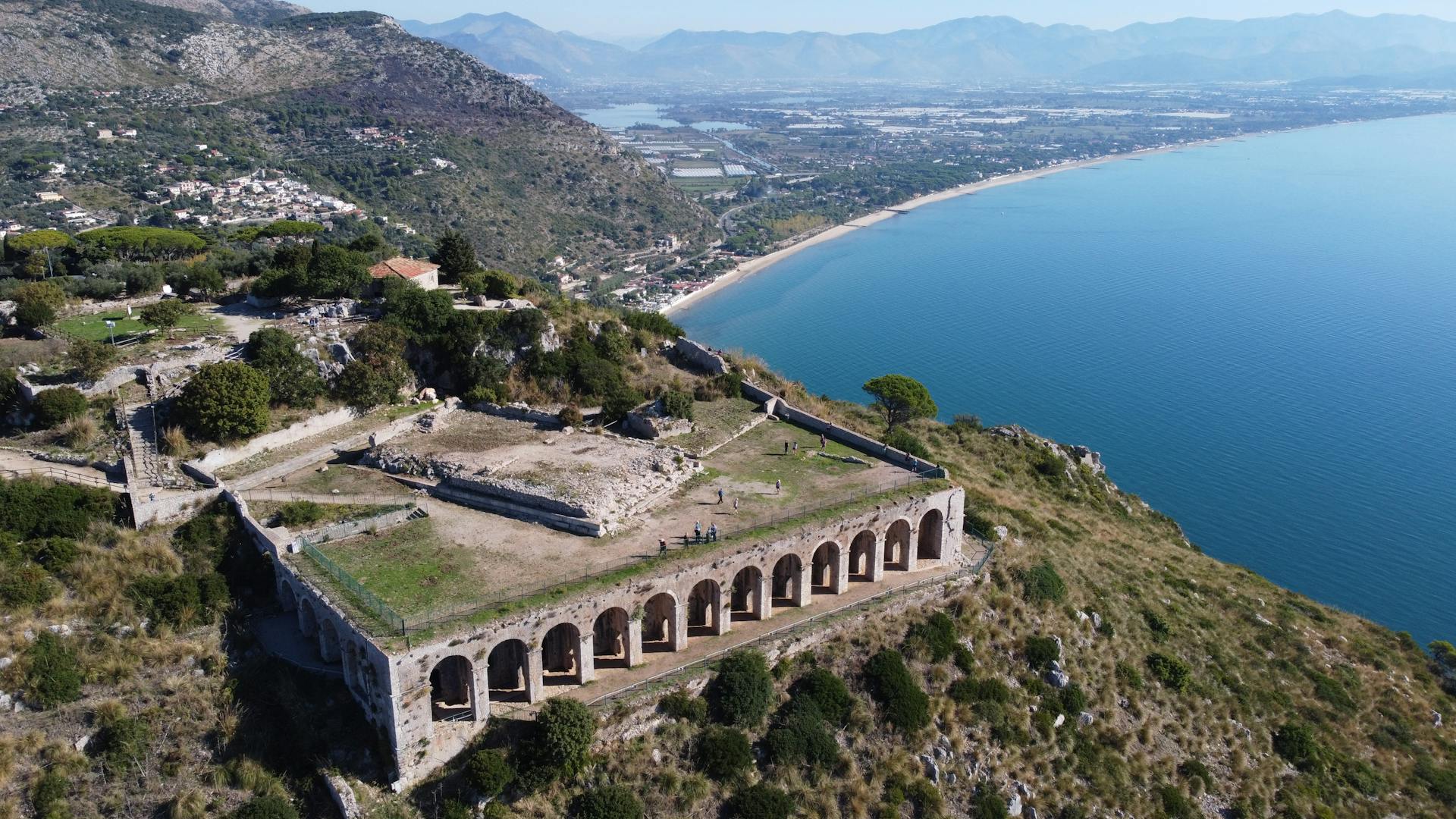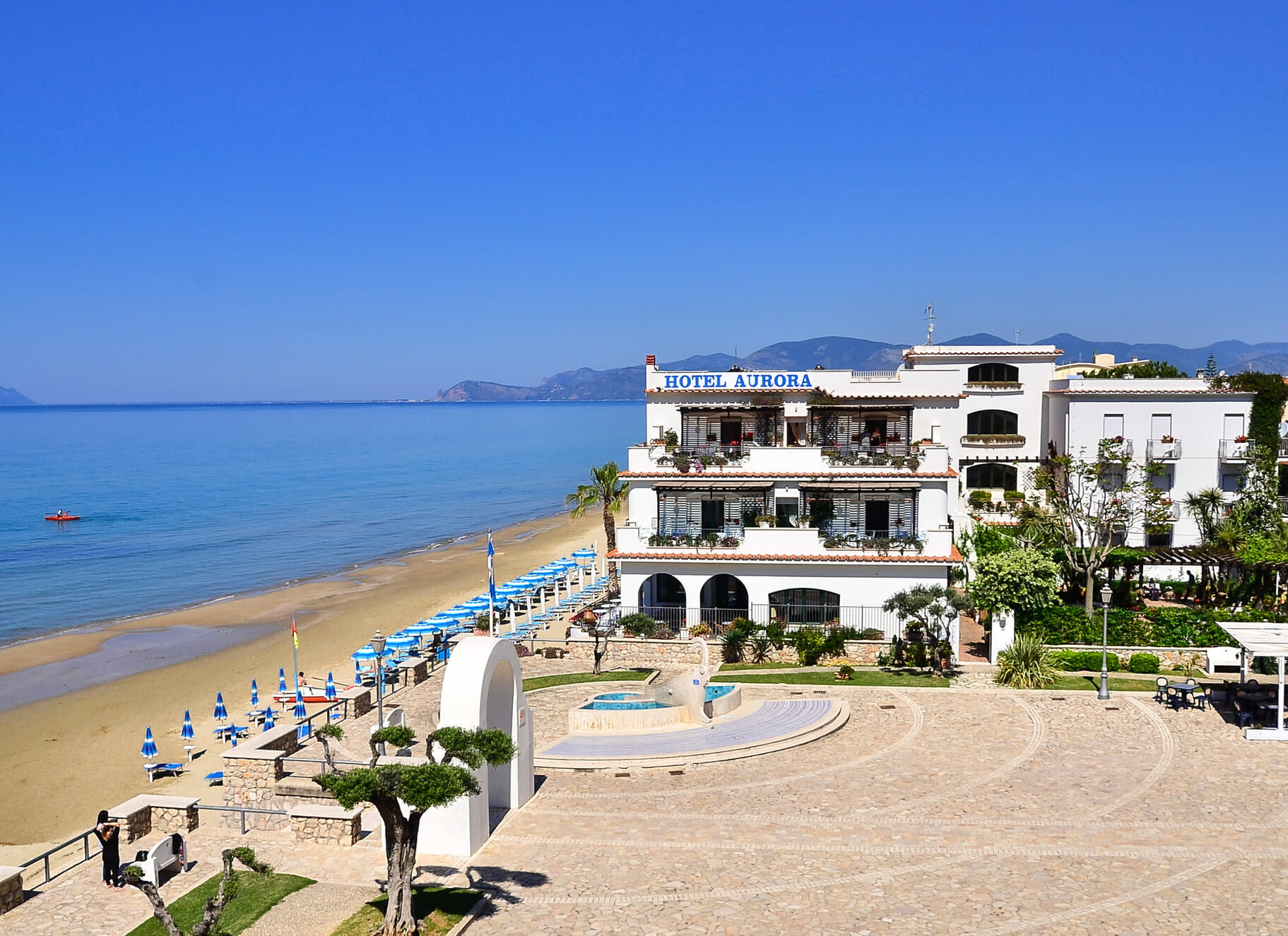THE HISTORIC CENTER
Town Hall Square, a delightful little square that still retains its original pavement of large slabs from the 1st century B.C., where the very ancient Cathedral of San Cesareo, which many may know as the Cathedral of Terracina, overlooks. The structure dates from the 5th-6th centuries B.C. but has undergone some restoration over the years.
Still intact are the paving stones and sidewalk of the ancient Via Appia, which once bordered the Aemilian Forum.
Roman theater in Terracina, brought to light during reconstructions following the bombings of World War II. Its construction can be traced back to two phases: an older one, dating to about the first century B.C., and a later reconstruction in the imperial age. It originally accommodated about 4,000 spectators.
The Capitolium of Terracina, or what remains of the temple dedicated to the Capitoline triad Jupiter, Juno, Minerva. It appears that the building dates back to the first half of the 1st century BC.
Purgatory Church, a Baroque-Spanish style church worth a visit.
THE TEMPLE OF JUPITER

The road that connects the upper and lower parts of Terracina is Via San Franceso Nuova. Traveled all the way, this road leads up to Monte Sant’Angelo, the Temple of Jupiter of Terracina, another must-see stop on this Roman itinerary.
It stands 210 meters above sea level and dominates the whole of Terracina from above.
Dedicated to Jupiter, protector of Anxur (the name of ancient Terracina), the Roman structure probably dates from around the first century B.C. and as we see it today is divided into three levels:
-the upper terrace, Campo Trincerato, built for defensive purposes;
-the middle terrace with the Great Temple of the Oracle and the Great Temple;
-the last terrace, also known as the Small Temple.







